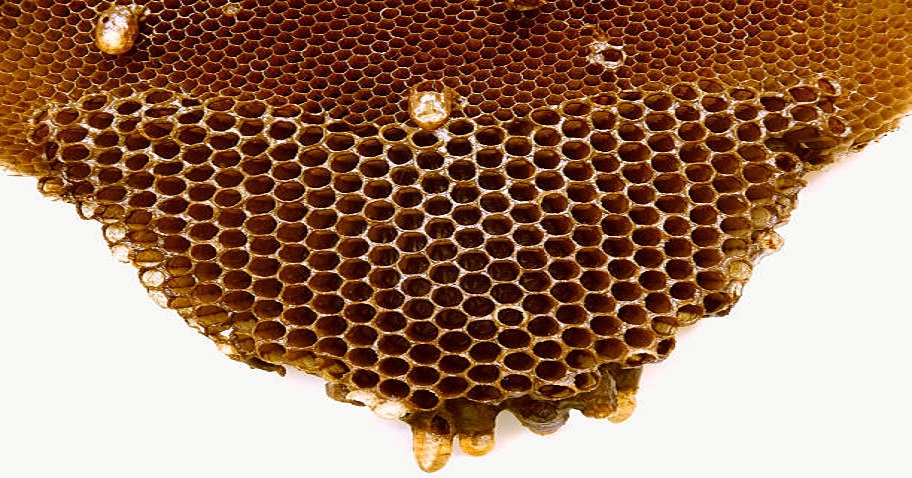Where To Put The Bee Hives?

Introduction
If you’re looking to increase your honey production, you need a bee hive! Hives are a great way to boost your honey production, and they also come in different shapes and sizes. How do you find the best one for your garden? Check out our guide to finding the best bee hive for your garden!
What are the Benefits of having a bee hive in your garden?
A bee hive is a type of artificial bee colony. A bee hive is typically made up of two parts: the comb and the cells. The comb is the part of the hive that contains the bees’ food. The cells are where the bees live and work.The benefits of having a bee hive in your garden include:- Reduced cost of honey- easier management of hives- Increased production of honey- Increased pollination of flowers.
What Kind of Bees Can Be Attracted to a Bee Hive
Many types of bees can be attracted to a bee hive, but some of the most common ones are the honeybees, Bombus lanatus, and the Varroa destructor. Honeybees are attracted to comb only; the Varroa destructor is more interested in the cells and pollen in a hive.
The type of bee that is attracted to your hive will depend on the environment and climate in which it lives. For example, if you live in an area with warm weather and humid summers, honeybees may be more interested in your hive than other types of bees. If you live in cold or dry climates, however, varroa might be more interested in your hive.
How to start with a Bee Hive.
One way to get started with a bee hive is by finding an old jar or container that you can use as your hive. To begin, find an appropriate location for your hive and place the jar or container in a sunny spot. Once you have a good location set, you’ll need to find some bee fly larvae. Be sure to purchase these larvae at a local pet store or online if you don’t have any locally.
Get a Hive Tool
Once you have the bees, it’s time to get a hive tool. There are many different types of hive tools available on the market, so it’s important to choose one that will fit your needs and expectations. Some options include skirts (which help keep the brood in check), beakers (to measure nectar and food levels), and combs (to condition the bees).
Learn How to Hive Bee Flies
After you have acquired your hive tool and bee flies, it’s time to learn how to hive bees!
First, decide on which type of bee colony you want to create a queen colony or worker colony, and then determine which method of hiving is best for your location and resources: Open-air versus closed-air hives.
The next step is learning how to put the bees into their new home: by opening up their cells using either an adhesive bandage or a vacuum cleaner tube! Once they are in their new cells, water them until they become active (this step can take several hours).
Once they are active, place them into their new home and let them live out their natural life cycle: dying off old cells until there is only a single cell left standing, developing new colonies during their awake phase (after which they will die), and Queens taking over new colonies once conditions are right for queen colonization.
Tips for Successful Beekeeping.
If you’re looking to get started beekeeping, there are a few things you need to think about.
- First, choose the right hive for your garden.
- Second, keep your hive clean and dry. This will help keep your colony healthy and productive.
- Third, pollinate flowers using a bee hive. This will help them take on the pollen necessary for growth.
Conclusion
Having a bee hive in your garden can be an interesting and fun way to enjoy nature. With the right tools and attention to detail, it’s easy to get started with this valuable hobby. By following some simple tips, you can keep your hive clean and healthy, and pollinate your flowers successfully. If you’re a beginner beekeeper, it’s important to choose the right hive for your garden – choose one that will fit in with your plants and landscape. Thanks for reading!



